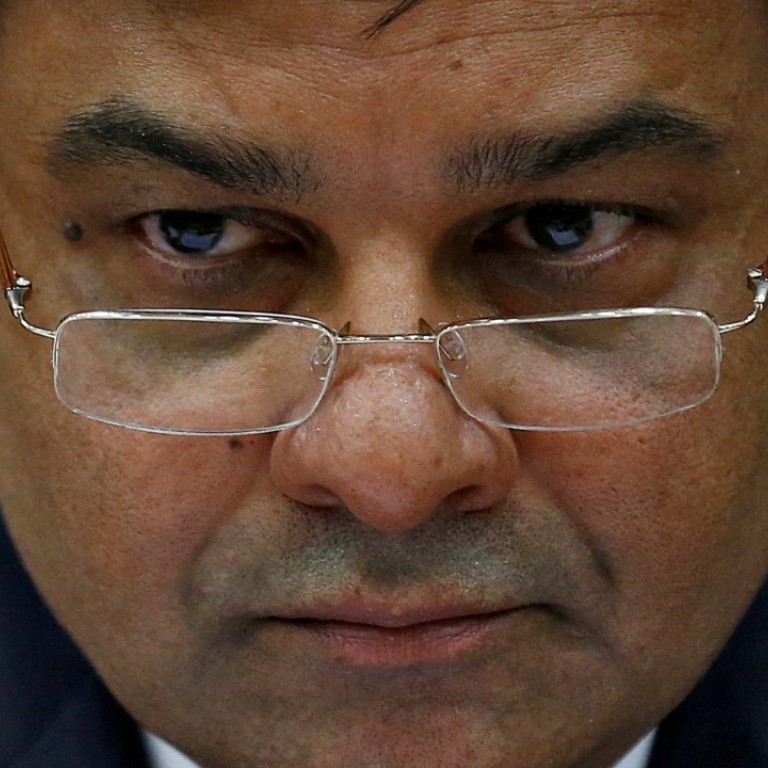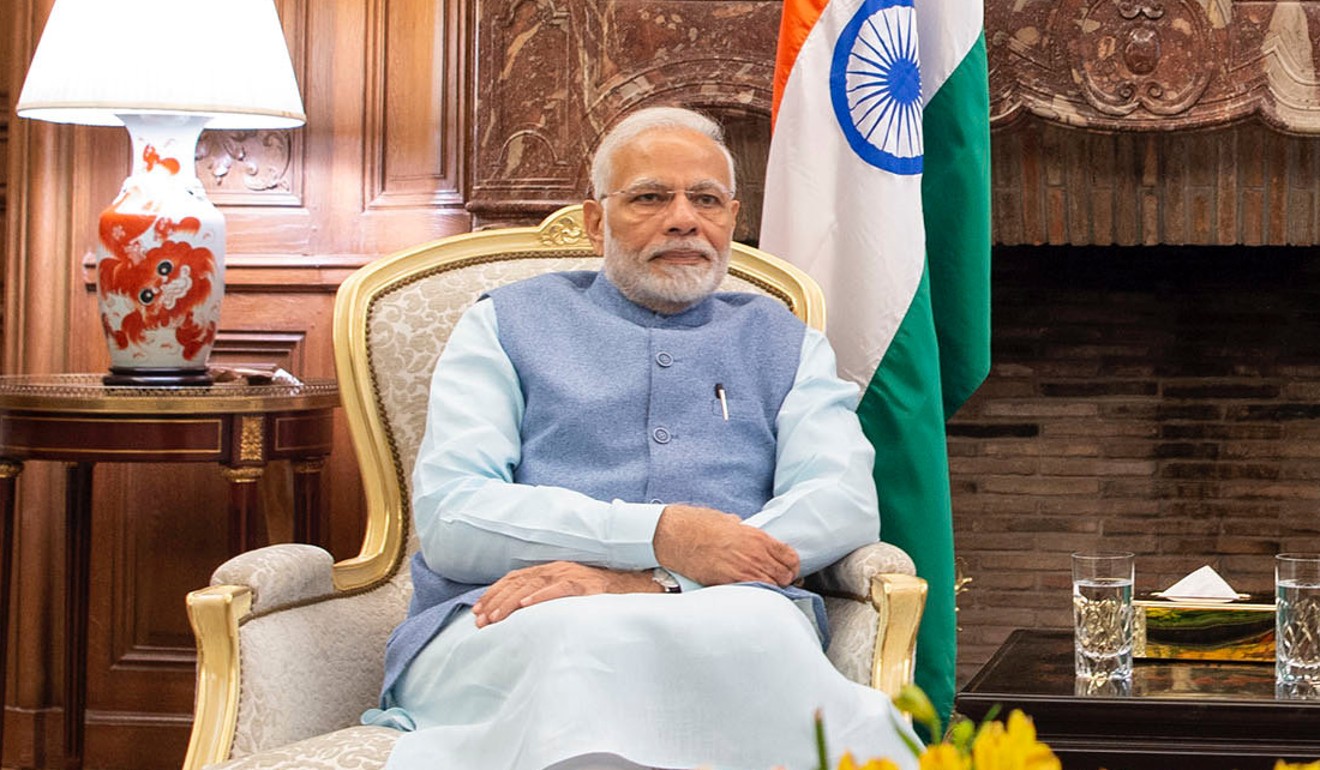
India’s central bank chief quits amid row over government interference
- Urjit Patel has been at loggerheads with the finance ministry on matters including the banking crisis and interest rates

His exit comes days ahead of the central bank’s board meeting on December 14 and at a time when India, which is closing in on Italy to become home to banks with the worst bad-loan ratio among major economies, is delivering a bitter pill to resuscitate its banking sector.
Oxford-trained Patel, who has tried to stay away from the spotlight, was initially seen playing along with Prime Minister Narendra Modi after he backed a ban on high-value currency notes in November 2016. Since then, he has waged a war to get India’s struggling banking system in order and punish errant borrowers who have stopped servicing their debt even though they have the ability to pay.
India poised to build lucrative ‘pink economy’ after anti-gay law overturned
Earlier this year, the RBI introduced new rules forcing lenders to declare a delinquent borrower even if payments were overdue by a day. That was aimed at easing mounting bad loans, particularly from the power sector.
Maybe he thought it’s better to leave with dignity than to have to go under duress
Patel also moved in to ring-fence weak state-run banks. Currently, a total of 12 banks – 11 in the public sector and one in the private sector – are under the so-called prompt corrective action framework that places curbs on lending, expanding branch networks and dividend distribution.
The government wanted the RBI to relax the rules so banks can lend more easily and keep the economic engines firing ahead of a general election next year. But the RBI wants these banks to be slowly nursed back to health. According to the central bank, it needs to be independent so that loan losses of banks aren’t swept under the rug by compromising supervisory and regulatory standards.
“Maybe he thought it’s better to leave with dignity than to have to go under duress,” said Pronab Sen, former chief statistician of India. “‘It’s one thing for the RBI and ministry of finance to discuss an issue and quite another for the finance minister to discuss and give very specific policy directives.”
In Maldives, India’s Modi sees the glint of a Chinese pearl
Investor sentiment is likely to be negatively affected, particularly if the government appointed a bureaucrat as the next governor
The risk is that political pressure could backfire. A study in the 1990s by economists Alberto Alesina and Lawrence Summers concluded that independent central banks were better at controlling inflation without damaging output or employment. Markets may also push up long-term borrowing costs if they fear central banks are taking their eye off inflation.
The RBI’s independence came under threat last month, when the government sought greater oversight on the central bank’s functioning and a review of its economic capital framework. Patel has also disagreed with the government’s demand for more share of profits from the RBI’s operations. A transfer of more dividend helps the government meet its budget gap aim.
Patel also tried to burnish the RBI’s credentials as an inflation-fighting central bank. The six-member Monetary Policy Committee delivered two interest rate increases this year amid rising crude oil prices and a weakening rupee. It paused in October and December as financial conditions tightened and signs emerged of demand in the economy slowing.
“The greatest risk is macroeconomic,” Shreyans Bhaskar, a research analyst with The Economist Intelligence Unit in India. “Investor sentiment is likely to be negatively affected, particularly if the government appointed a bureaucrat as the next governor.”


.png?itok=arIb17P0)